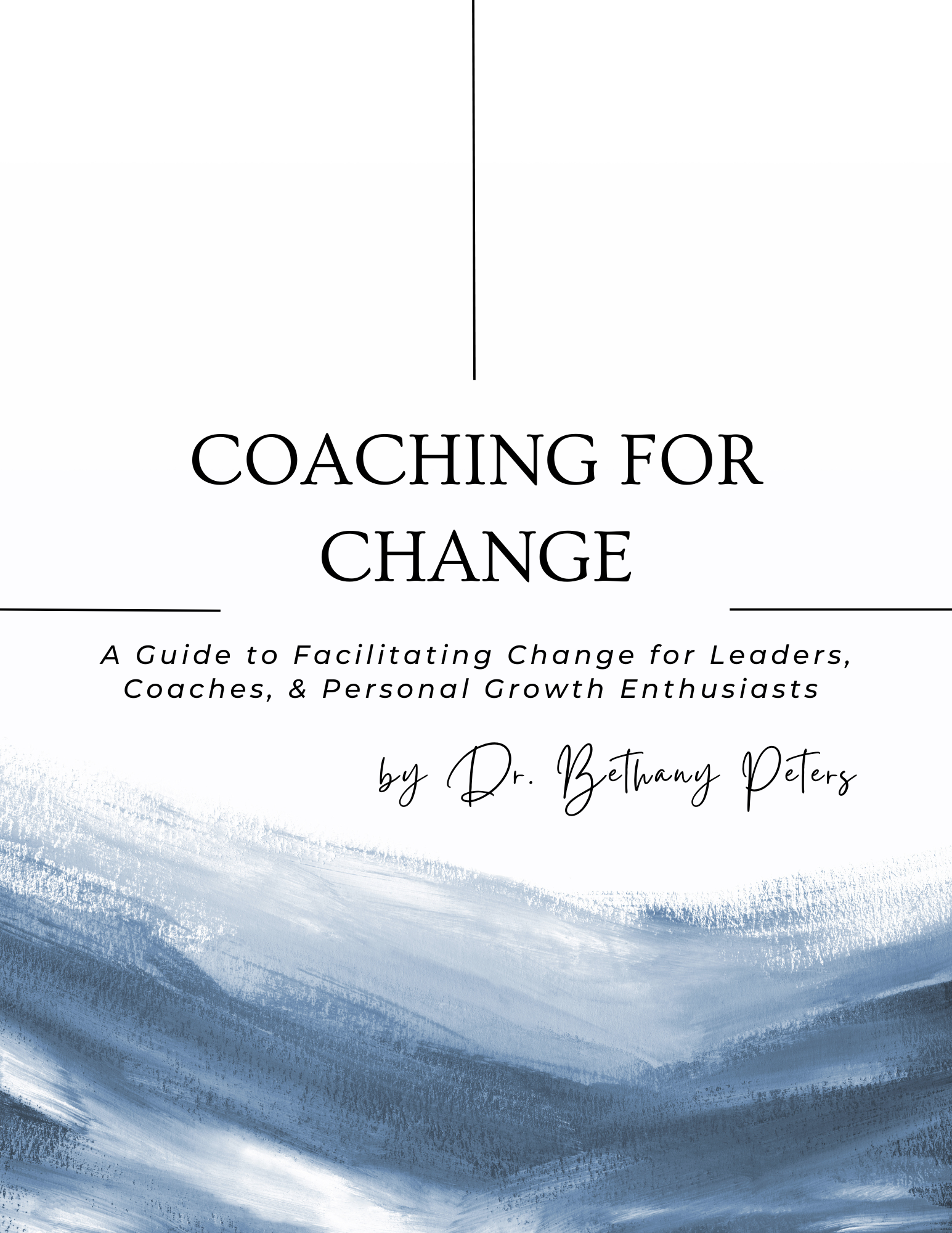5 Gratitude Shifts to Reframe your Perspective
Gratitude unlocks the fullness of life. It turns what we have into enough, and more. It turns denial into acceptance, chaos to order, confusion to clarity.
-Melody Beattie
Gratitude is more than just a seasonal sentiment—it’s a powerful tool that can transform the way you see and experience the world.
While we often associate gratitude with warm, feel-good moments (like around Thanksgiving), when practiced regularly, it becomes a catalyst for profound change. Research has shown that consistent gratitude practice not only boosts emotional well-being but also improves physical health, strengthens relationships, and increases resilience.
In this post, we’ll explore five gratitude shifts that can change the way you approach life’s challenges, and we’ll share five easy-to-implement gratitude practices to help you weave this transformative practice into your daily routine.
Five Gratitude Shifts to Reframe Your Perspective
1 - From Scarcity to Abundance
Gratitude helps shift our focus from scarcity — where we constantly feel like something is missing or insufficient — to a mindset of abundance, where we see the wealth of resources and opportunities we already have.
Research from UC Berkeley’s Greater Good Science Center shows that when we practice gratitude, it activates areas in our brain associated with reward and motivation, which makes us more likely to notice the positive aspects of our lives and focus on what we have, rather than what we lack. This shift in perspective can increase our overall happiness and sense of fulfillment.
2 - From Negativity to Positivity
Gratitude is an antidote to negativity. It rewires our brains to focus on the positive rather than the negative.
According to neuroscience research, gratitude can increase the production of dopamine and serotonin, the “feel-good” chemicals in the brain, helping us shift from a negative outlook to a more positive and optimistic perspective. This change in mindset can improve emotional well-being and help us navigate stress and adversity with greater ease.
3 - From Stress to Calm
Research shows that gratitude has a physiological impact on our bodies, especially in reducing stress.
A study by researchers Emmons & McCullough (2003) shows that when we practice gratitude, we can lower cortisol, the stress hormone, while boosting oxytocin, which is associated with feelings of calm and emotional bonding. Gratitude promotes our well-being by encouraging us to pause and reflect on the things in our lives that bring us joy and comfort, even when life feels overwhelming.
4 - From Isolation to Connection
Gratitude fosters stronger social bonds by making us more appreciative of the people around us. Research shows that expressing gratitude can increase our levels of empathy and social bonding, which in turn strengthens our relationships.
According to research conducted by Gordon and colleagues (2012), gratitude enhances our ability to connect with others, improving trust and communication. This shift from isolation to connection can significantly improve our relationships, both personally and professionally.
5 - From Setback to Strength
Gratitude helps us frame setbacks as opportunities for growth rather than signs of failure.
Research from UC Berkeley shows that when we practice gratitude, we can cultivate greater resilience and emotional flexibility, which are key factors in overcoming obstacles and thriving during times of adversity. This mindset shift encourages us to view challenges as part of the learning process, helping us stay focused on long-term progress rather than short-term setbacks.
Five Simple, but Intentional Gratitude Practices
Incorporating gratitude into your daily routine doesn’t need to be complicated. Here are three easy, yet powerful, gratitude exercises to help you cultivate a gratitude mindset:
Gratitude through Photos - Recent research is proving that mindful photography can have a powerful wellbeing boost. Take a moment each day to intentionally capture moments you’re grateful for. These could be simple things—like a nature scene, a screenshot of a celebratory email, or time with loved ones. The key is to focus on moments that make you feel thankful and present.
Collect these photos over time and create an album on your phone or a gratitude photo collage.
Gratitude Walk – Take a 10 minute walk each day and reflect on the things you’re grateful for in your life. Whether you focus on the beauty of nature, a kind interaction, or simply the ability to move, this practice helps you focus on positive aspects of your surroundings and appreciate the present moment.
Being in nature will also naturally boost your appreciation levels, and exercising will help to increase your endorphins, making this an excellent choice to experience a significant shift in mindset.
Gratitude Journal – Spend 5 minutes each day writing down three things you’re thankful for. These can be big or small, but the act of writing them down solidifies the habit and encourages you to notice more things throughout the day that you’re grateful for.
And if you don’t enjoy traditional paper and pen journaling, explore a journaling style that works for you - check out different forms of journaling like audio journaling. Building a
Routine Reflection – Pick a mundane task in your typical routine and intentionally practice a few moments of gratitude. You can reflect on your commute, during your morning coffee, or right before you go to bed.
Take a mental inventory of the positive things in your life, no matter how simple. This reflection can set a positive tone for the day or help you wind down with a sense of peace.
Send a Weekly Thank You Note - Expressing gratitude to others doesn’t just benefit you—it also strengthens your relationships. Take a moment each week to send a thank-you note to someone—whether it’s an email, a text, or a physical card.
You might thank a colleague for their support, or express appreciation to a family member for their kindness. This act of appreciation not only brightens someone else’s day but also reinforces the connection between you.
Get the Complete Toolkit to Inspire Growth & Change
Get my free 60-page ebook featuring my 8-step process for growth and 80 powerful questions for coaching or reflection - designed for leaders, coaches, & personal growth enthusiasts.
You'll also join 2,000+ professionals who receive The Coaching Mindset, my newsletter for practical tips to inspire intentional growth and tools to take a coach approach.





